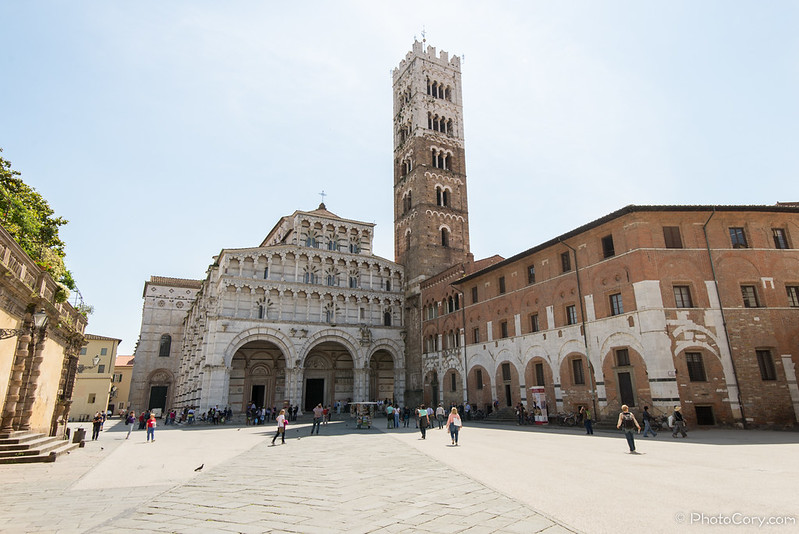
Lucca, Italy PhotoCory
Cattedrale di San Martino. Lucca's predominantly Romanesque cathedral dates from the 11th century. Its stunning facade was constructed in the prevailing Lucca-Pisan style and designed to accommodate the pre-existing campanile (bell tower). The reliefs over the left doorway of the portico are believed to be by Nicola Pisano, while inside.

Lucca, San Martino Square, Piazza San Martino, San Giovanni church
square in the center of the city of Lucca, dominated mainly by the asymmetrical facade of the Duomo, dedicated to Saint Martin, with a high portico and bell tower. Upload media. Instance of. square. Named after. Lucca Cathedral. Location. Lucca, Province of Lucca, Tuscany, Italy. 43° 50′ 26.88″ N, 10° 30′ 18.18″ E.
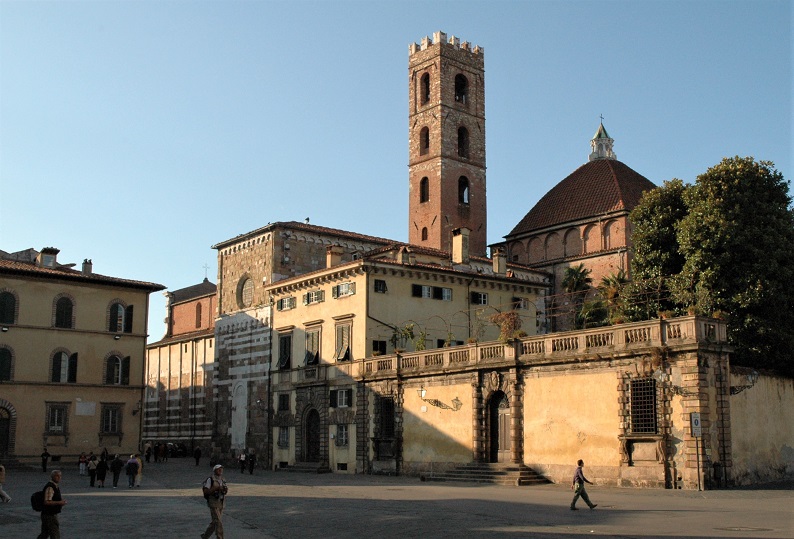
COSA VEDERE A LUCCA IN UN GIORNO itinerario a piedi
Piazza San Martino Piazza San Martino, LUCCA , Piazza San Martino is located in Lucca city's center. The square is the place where several cultural events of the city now take place frequently, and the location is also a favorite and prime spot of tourist activity. An antique's market is organized here on each third Sunday and Saturday of.
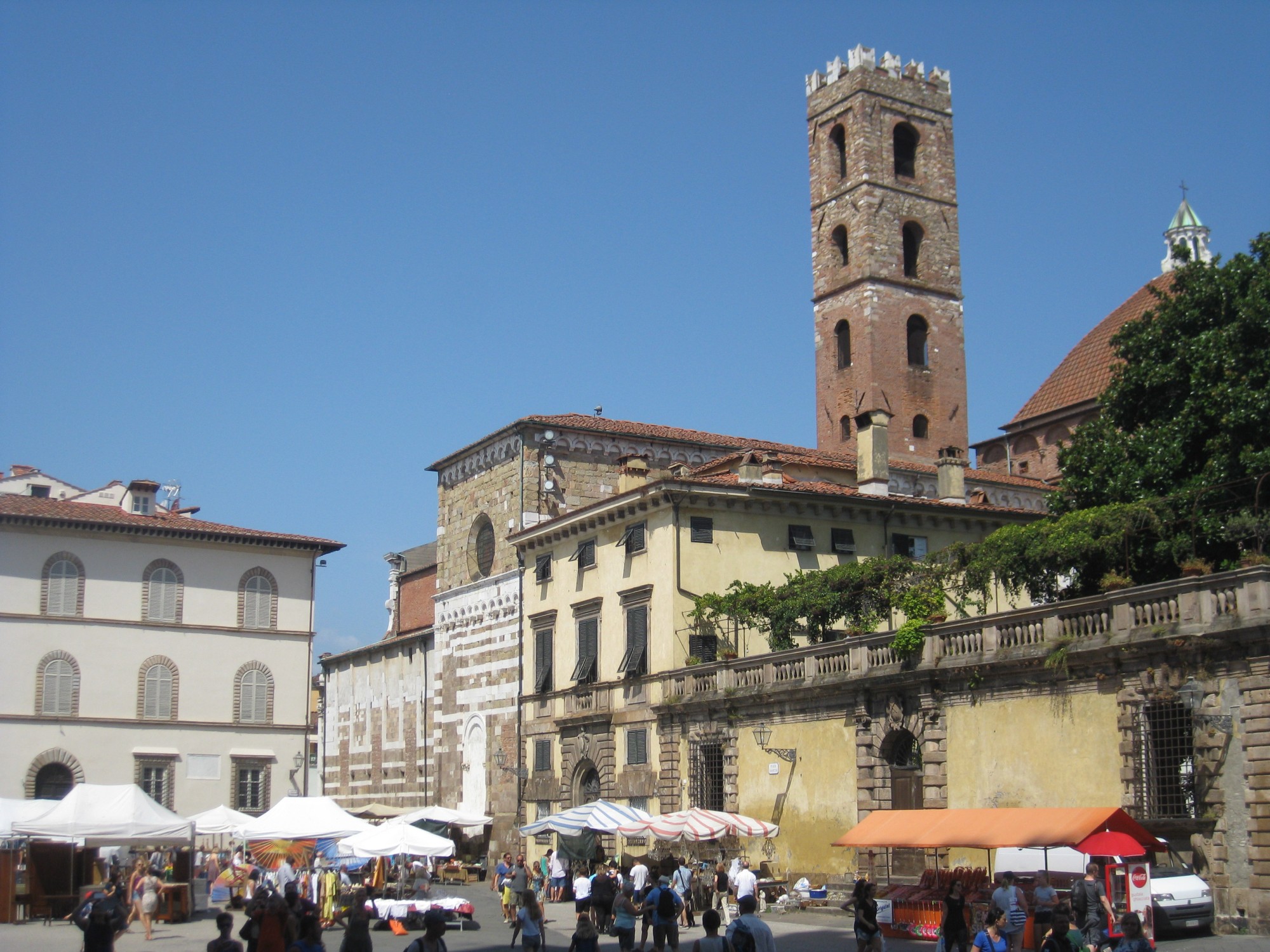
Lucca Piazza San Martino Tuscany Pictures Italy in GlobalGeography
Cattedrale di San Martino di Lucca, La chiesa di S. Martino è centro della spiritualità lucchese e tappa fondamentale della Via Francigena.. Piazza Antelminelli 55100 Lucca Tel: (+39) 0583.490530 Fax: 0583.919175 Mail: [email protected]. Seguiteci sui social network.

Cattedrale di San Martino Lucca Europe Is Our Playground Toscana
Piazza San Martino Lucca, Italy 55100: Phone: 0583-957-068: Hours: Daily 9:30am-5:45pm (to 6:45pm Sat) Lodging: View hotels near Lucca Cathedral (San Martino) Note: This information was accurate when first published and we do our best to keep it updated, but details such as opening hours and prices can change without notice. To avoid.
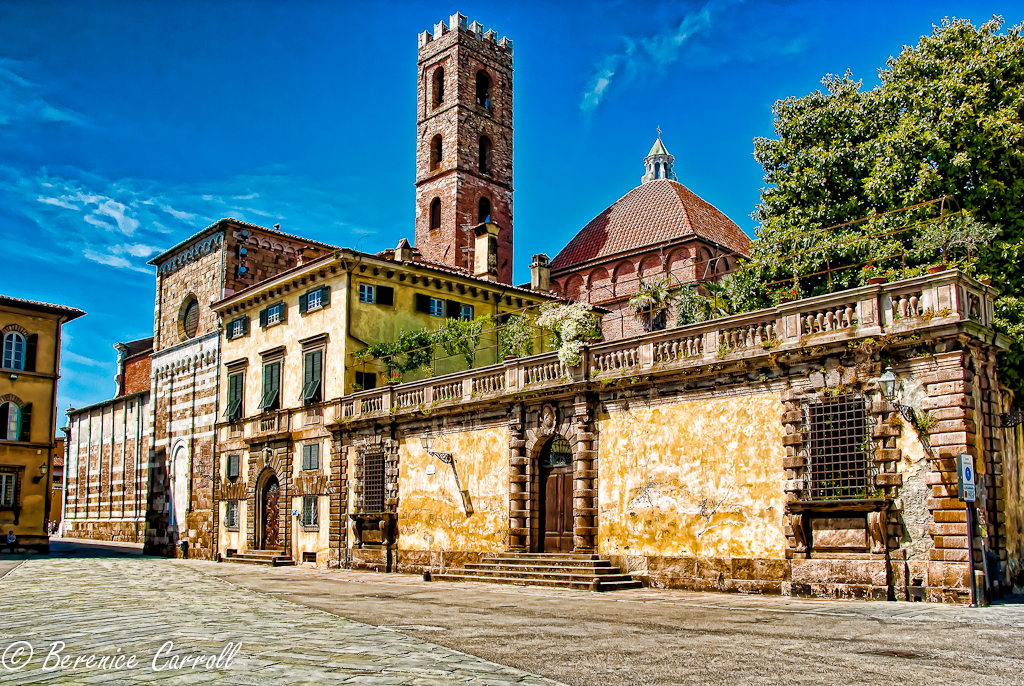
The Micheletti Palace, Piazza San Martino, Lucca, Italy. Flickr
ADDRESS: Piazza San Martino, Lucca. TEL: 0583 490530. E-MAIL: [email protected]. WEB: museocattedralelucca.it. The Cathedral of San Martino, with the "flawed" porch and its façade decorated with small columns, is located in the homonymous square. Consecrated in 1070 by Pope Alexander, the church underwent several reconstruction.

Lucca Cattedrale di S. Martino 3D Virtual Museum
Cattedrale di San Martino; Museo della Cattedrale;. Piazza Antelminelli 55100 Lucca Tel: (+39) 0583.490530 Fax: 0583.919175 Mail: [email protected]. Follow us on social network. News . Subscribe to our newsletter. Stay updated on events and educational opportunities.. Centro Arte e Cultura ONLUS. Piazza S. Martino 8 -.
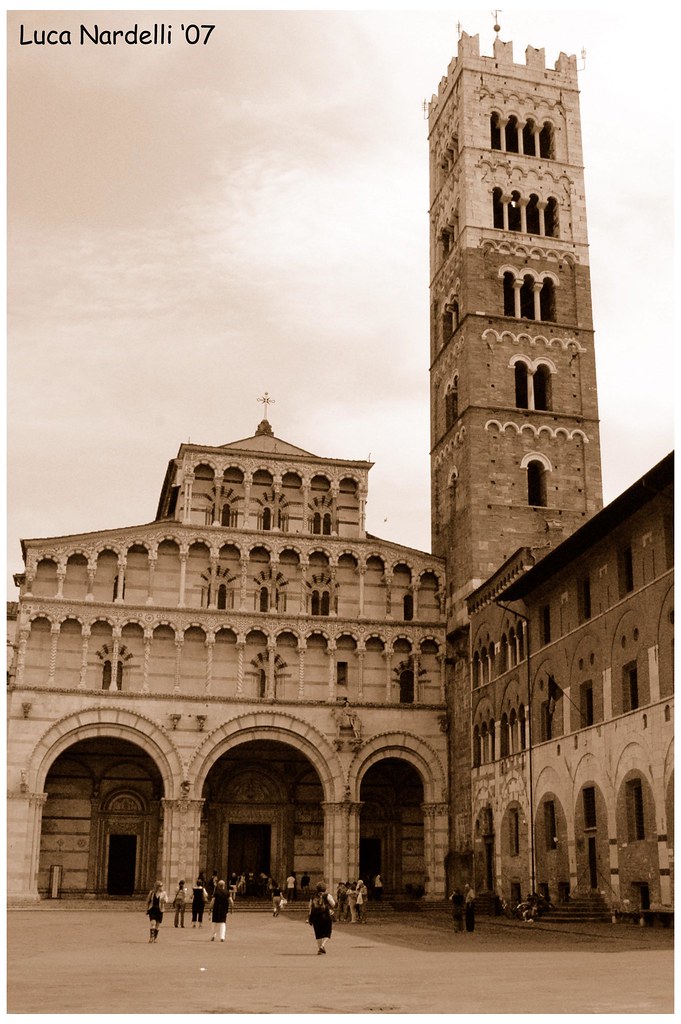
"Piazza San Martino" Lucca Luca Nardelli Flickr
The facade facing Piazza San Martino has a portico with three large arches, the right one of which is considerably reduced, contrary to the principles of symmetry and balance characteristic of the architecture of the period, due to the proximity of the pre-existing bell tower. The arcaded atrium was used over the centuries to house spice.
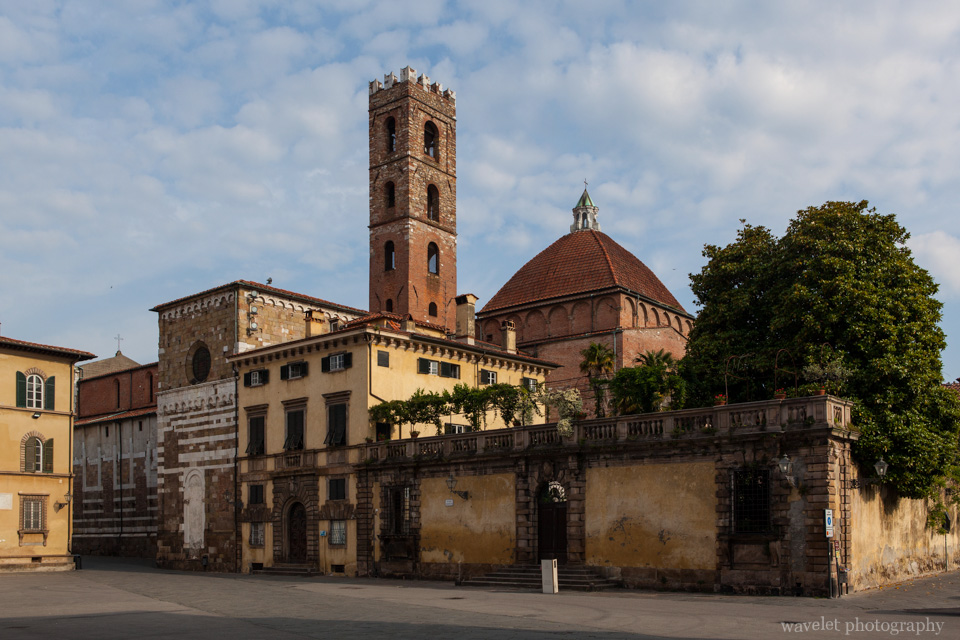
Tuscany Lucca Wavelet Blog
Lucca Cathedral ( Italian: Duomo di Lucca, Cattedrale di San Martino) is a Roman Catholic cathedral dedicated to Saint Martin of Tours in Lucca, Italy. It is the seat of the Archbishop of Lucca. Construction was begun in 1063 by Bishop Anselm (later Pope Alexander II ). Of the original structure, the great apse with its tall columnar arcades.
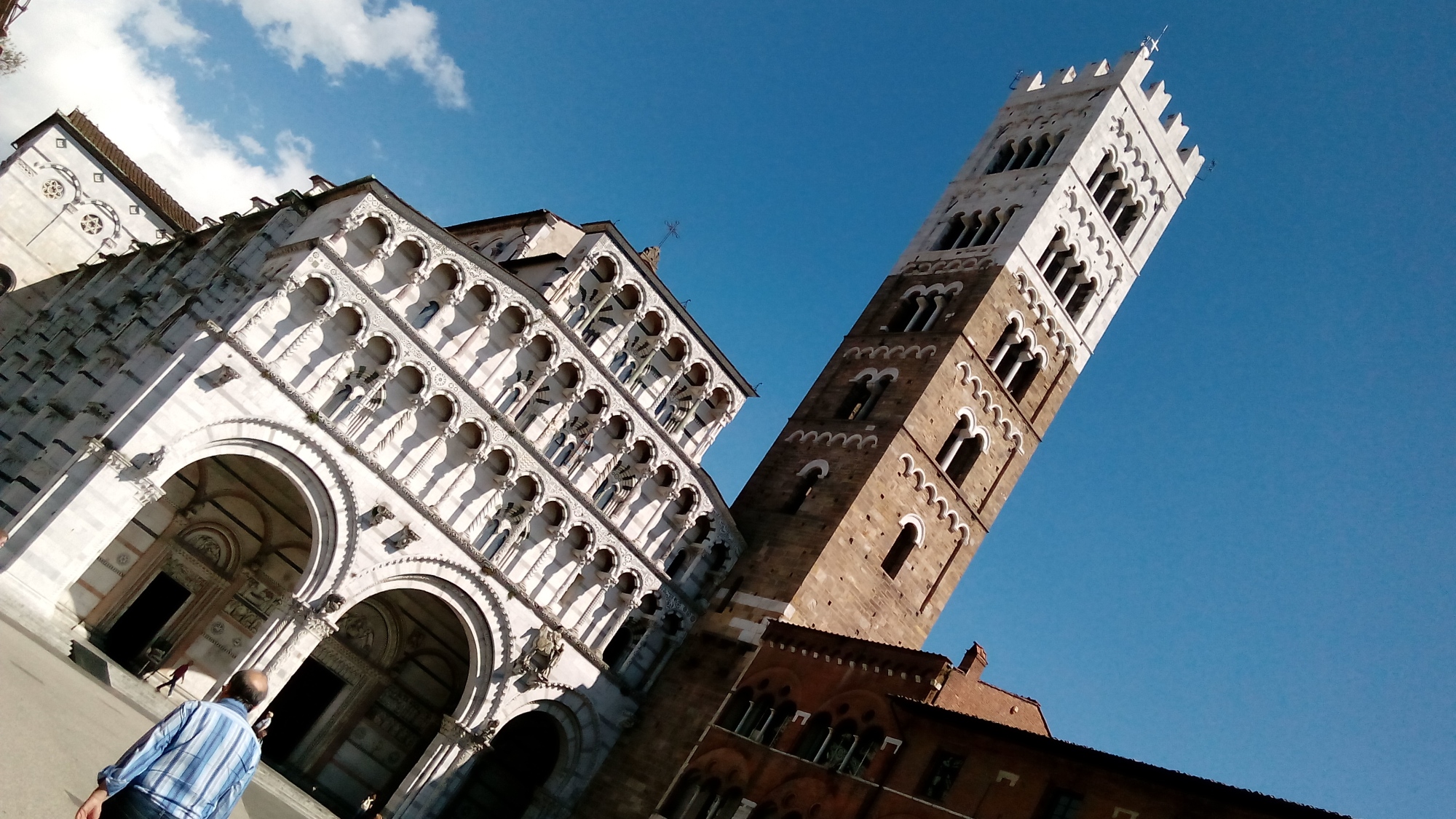
Piazza San Martino in Lucca Visit Tuscany
Consecrated in 1070 by Pope Alexander II, formerly the Bishop of Lucca, the exteroir was later elaborated in the 1200's to reflect its present state. The interior of the Duomo is where you will find the Late Gothic influence, decorated in the 14th and 15th centuries. The Cathedral is in both a Gothic and Romanesque style.
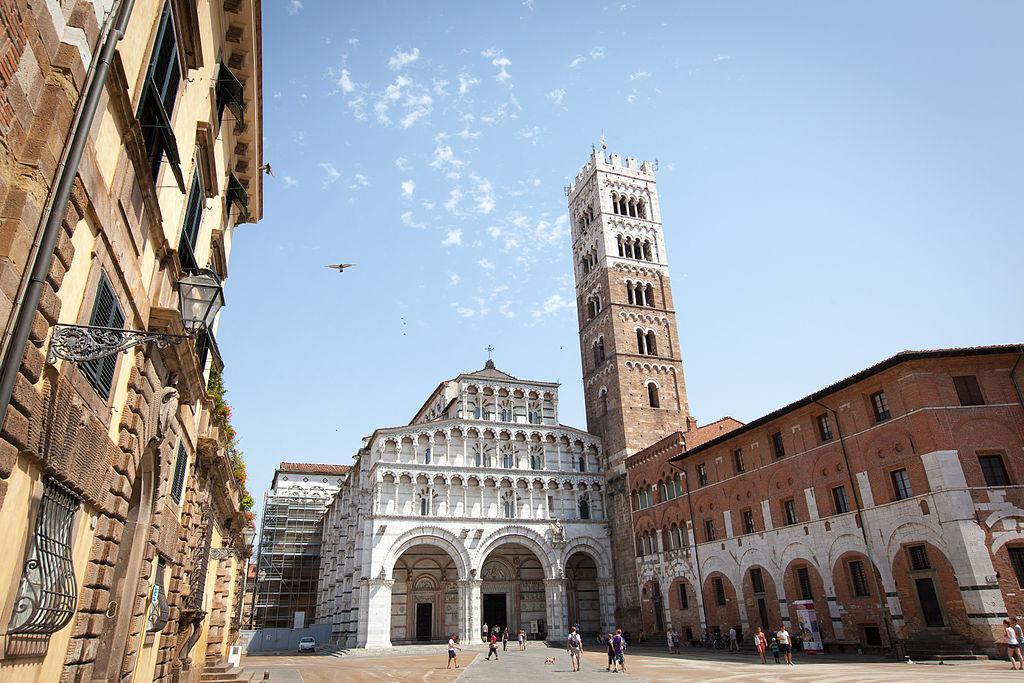
Piazza San Martino, Lucca
Palazzo Micheletti, Piazza San Martino, Lucca: entrance to the garden. NOTES: The Palazzo Micheletti, which is adjacent to the church of Santi Giovanni e Reparata was built in the second half of the 16th century. The distinctive rustication around the entrance and window grills has been attributed to Bartolomeo Ammannati, who was working in.
:max_bytes(150000):strip_icc()/San-Martino-lucca-595d1ee95f9b58843f18019a.jpg)
Best Things to Do in Lucca, Italy
La cattedrale di San Martino è il duomo di Lucca, chiesa madre dell' omonima arcidiocesi. Secondo la tradizione, fu fondata da san Frediano nel VI secolo, poi riedificata da Anselmo da Baggio, vescovo della città, nel 1060 e infine modificato tra il XII e il XIV secolo .

Piazza San Martino, Lucca La piazza San Martino è una piaz… Flickr
Piazza San Martino is located in the centre of Lucca and is often used to cultural events, like the antiques market held on the third Saturday and Sunday of the month.It takes its name from the cathedral, dedicated to San Martino - St. Martin of Tours - and vaunts an asymmetrical façade that dominates the entire piazza.According to tradition, the church was founded in the 6th century by.

italy, tuscany, lucca, piazza san martino, church of santi giovanni e
Duomo di San Martino. The Duomo di San Martino, built in a strategic point of the ancient Roman town at the crossroads of the two main streets and near to the city walls, has not left clear indications as to its origins. The only certain fact is that, at the time of San Frediano in the 6th century, there was already a church in that position.

Visit Lucca in Tuscany. A photographic journey through a city of charms
The Cathedral of Lucca, named after S. Martino, according to tradition was built at the behest of S. Frediano, the bishop of Lucca, who died in 588. The Cathedral was completely rebuilt between 1060 and 1070 and then solemnly consecrated in 1070 by Anselmo da Baggio, who had already become Pope Alexander II, in the presence also of Countess.

Piazza San Martino Lucca fotografia editoriale. Immagine di centrale
The Cathedral of San Martino is the Cathedral of Lucca, located in the homonymous square, in the historical center of the city.. According to tradition, the Cathedral, dedicated to Saint Martin of Tours, was founded by San Frediano in the 6th century, then rebuilt by Anselmo da Baggio, Bishop of the city, in 1060, and finally remodeled in its current form in the 12th and 13th centuries.